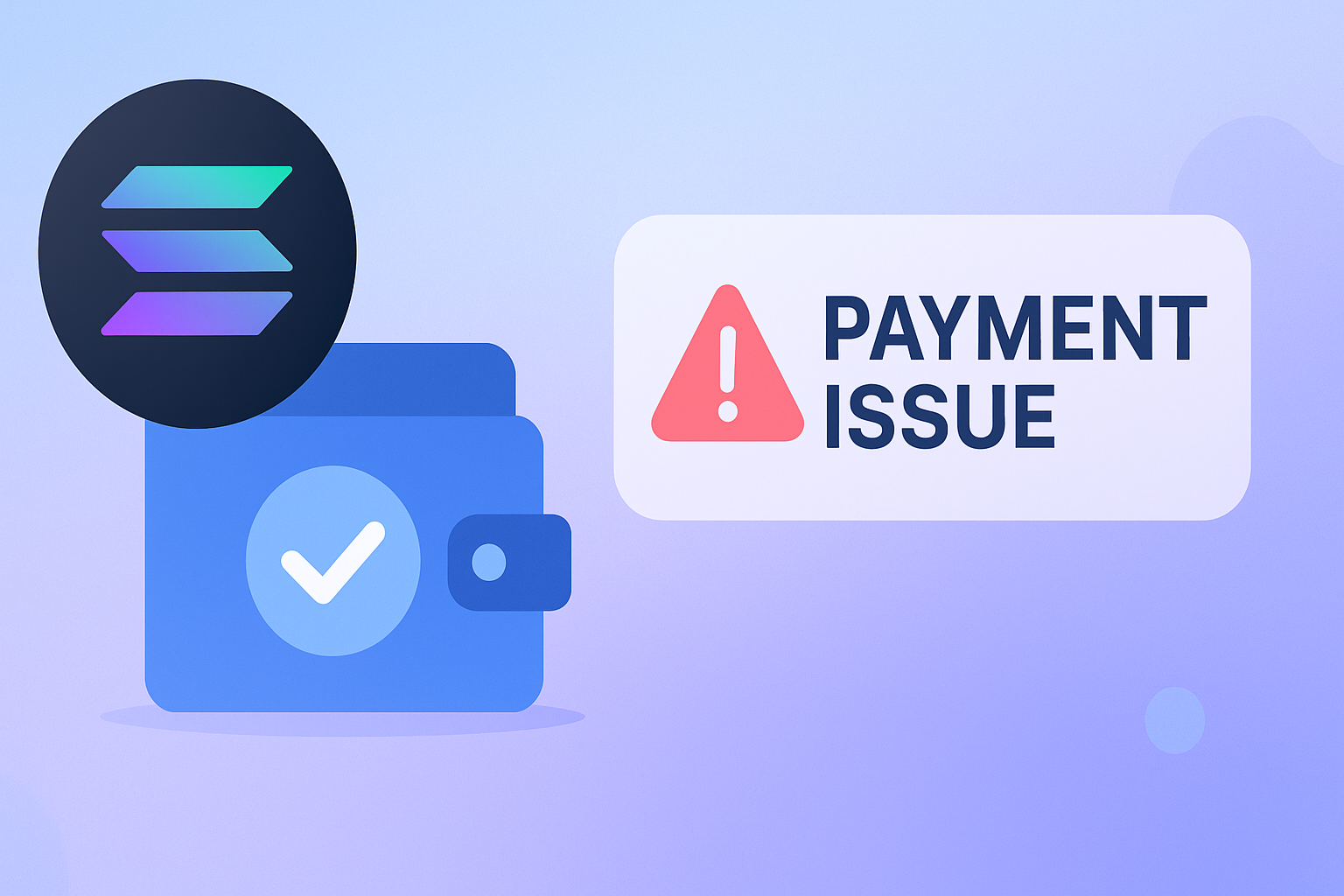Let’s bust the myths we see every week and help you stop tripping the same alarms.
Quick note: Mobile networks are noisy shared environments with carrier-grade NAT, rotating IP pools, and hardware fingerprints that matter more than you think. If you are expecting magic, then these is not for you.
1) “Mobile IPs can be banned permanently”
The myth: If an IP shows abuse, the carrier blocks it forever, or the website bans the IP for good.
Reality: Mobile IPs are shared by lots of users through CGNAT. One public IP can serve thousands of devices. Blanket banning that IP would punish many genuine users, which most platforms avoid.
2) “Any script will work behind a mobile proxy”
The myth: If you plug a mobile proxy into cURL or a desktop bot, sites will think you are on a phone.
Reality: Device fingerprinting checks browser and OS signals like canvas, WebGL, GPU, CPU, audio, fonts, sensors, viewport, touch events, timezone, and more. A desktop headless browser with a mobile UA still looks like a desktop. A mobile proxy does not convert a laptop into a phone.
What you can try
-
Use an anti detect browser or a real mobile device farm when the target expects true mobile traffic
-
Align your fingerprint to the traffic story: touch enabled, mobile viewport, realistic sensors, proper fonts, correct media codecs
-
Keep consistency across IP, UA, timezone, language, and geolocation
3) “IP rotation during use will get my social account banned”
The myth: If the IP changes mid session, the account is doomed.
Reality: Phones move between towers and NAT pools all day. Many services design for IP drift. Sudden changes plus suspicious behavior is what hurts you.
4) “Residential equals mobile”
The myth: Any consumer looking IP is the same as a carrier mobile IP.
Reality: Mobile ASN ranges, NAT behavior, and latency patterns differ from fixed line residential. Platforms build separate policies for them. Swapping between the two without adjusting your fingerprint can create inconsistencies.
What you can try
-
Match your network story: mobile ASN with mobile device fingerprint
-
Keep region, timezone, and language coherent with the SIM location
5) “Geo is a checkbox”
The myth: Pick any country in the proxy list and it will just work for a geo locked site.
Reality: Geo compliance is more than an IP flag. Timezone, language, price currency, and even store catalogs must align. Inconsistency is a tell.
What you can try
-
Match IP, timezone, locale, keyboard, and content preferences
-
Keep shipping address, phone, and payment geography consistent where relevant
6) “Rotating faster prevents blocks”
The myth: Change IP every X seconds to evade rate limits.
Reality: Fast rotation can look like a botnet. Many sites track behavior across IPs with server side fingerprints, TLS signatures, or behavioral models.
What you can try
-
Rotate between tasks or identities, not every single request
Conclusion
At the end of the day, you can't blame everything on the proxy you use. Websites have dozens of ways to fingerprint and profile users beyond just their IP address, from browser fingerprints to behavioral analytics. Understanding these layers is key to keeping your automation or account management safe. If you’re looking for reliable, real mobile proxies that integrate seamlessly into a well structured setup, make sure your entire fingerprint story matches, not just your IP.





